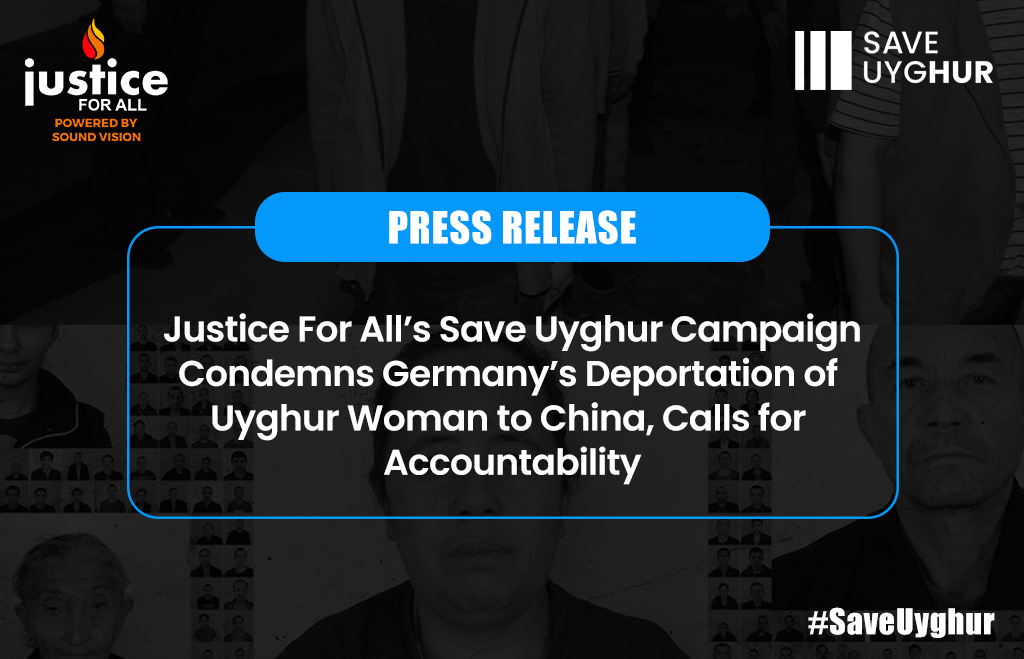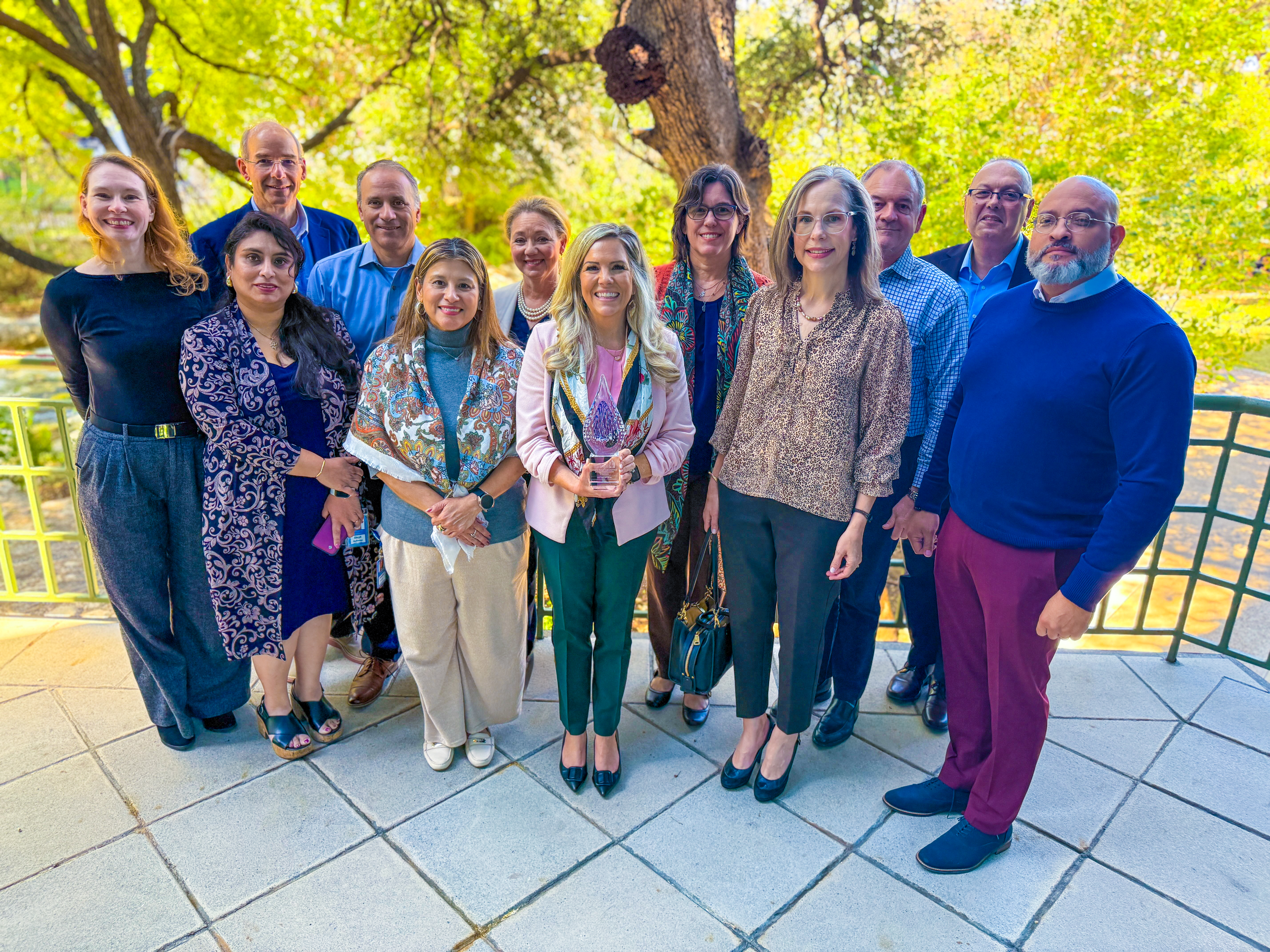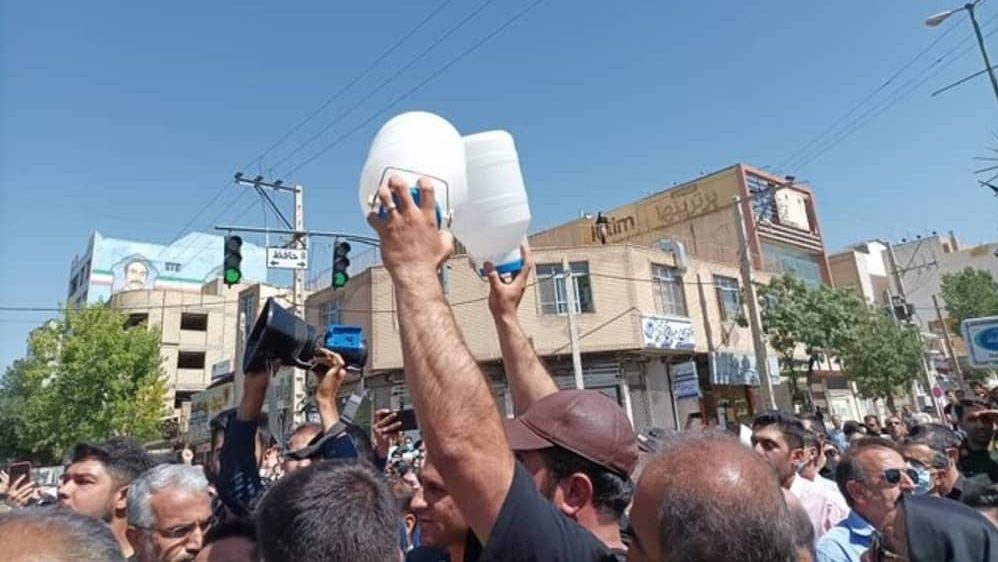Trail-Blazers group unites to provide quality care and education through childcare programs – WOWT

Report on Omaha Childcare Funding and its Alignment with Sustainable Development Goals
Executive Summary
A significant reduction in federal funding poses a direct threat to the stability and accessibility of childcare services in the Omaha metropolitan area, creating a potential crisis for working families and childcare providers. An impending $1.7 million deficit specifically endangers afterschool care programs. In response, a new advocacy group, “Trail-Blazers,” has been established to facilitate dialogue between parents, providers, and policymakers. This initiative seeks to find sustainable solutions that align with several key United Nations Sustainable Development Goals (SDGs), including SDG 4 (Quality Education), SDG 8 (Decent Work and Economic Growth), and SDG 10 (Reduced Inequalities).
Analysis of the Childcare Funding Crisis
Financial Deficit and Sector Impact
The primary challenge facing the Omaha childcare sector is the uncertainty resulting from federal funding cuts. The immediate consequence is a projected $1.7 million budget gap for the upcoming school year, which could severely curtail or eliminate essential afterschool care programs. This financial instability threatens the operational viability of community centers, such as Kids Can Community Center, and raises concerns about unexpected facility closures, which have recently occurred in the Omaha area.
Implications for Sustainable Development Goals (SDGs)
The funding shortfall directly undermines progress toward several critical SDGs:
- SDG 4: Quality Education: The crisis jeopardizes access to quality early childhood development and care, a foundational component of Target 4.2. A reduction in services and potential decline in the quality of care due to staff stress and resource scarcity would negatively impact children’s learning and readiness for primary education.
- SDG 8: Decent Work and Economic Growth: Reliable childcare is essential infrastructure that enables parents to participate in the workforce. As articulated by parent Jackie Lee, the lack of dependable childcare is a significant barrier to employment, directly impacting household economic stability and hindering the achievement of Target 8.5 for full and productive employment.
- SDG 5: Gender Equality: The burden of childcare responsibilities disproportionately falls on women, and a lack of accessible services can be a major impediment to their economic empowerment and participation in the labor force, a key focus of SDG 5.
- SDG 10: Reduced Inequalities: The Trail-Blazers’ focus on North and South Omaha indicates a concern for ensuring equitable access to services. Failure to support childcare in these areas could exacerbate existing inequalities, contrary to the objective of Target 10.2 to promote social and economic inclusion for all.
Stakeholder Mobilization: The “Trail-Blazers” Initiative
Mission and Core Objectives
The newly formed Trail-Blazers advocacy group aims to address the crisis through collaborative action. Its primary objectives are:
- To amplify the voices of parents and childcare providers, particularly those in North and South Omaha.
- To ensure every child has access to quality care and education, directly supporting the mission of SDG 4.
- To create a platform for direct engagement between community stakeholders and policymakers to develop effective, long-term solutions, reflecting the principles of SDG 16 (Peace, Justice and Strong Institutions).
Stakeholder Engagement and Forward Strategy
The group’s strategy centers on facilitating open forums for discussion. A forthcoming meeting will include Nebraska State Senators Margo Juarez and Ashlei Spivey, providing a direct channel for communication. According to Robert Patterson, CEO of Kids Can Community Center, the goal is for elected officials to hear firsthand accounts from parents and providers to understand their concerns and priorities. This participatory approach is crucial for developing responsive policies that address the community’s needs and secure the future of childcare in Omaha.
The next meeting is scheduled for Tuesday, July 22, at 6:30 p.m. at the Kids Can Community Center and is open to all interested parents and providers.
Analysis of Sustainable Development Goals in the Article
1. Which SDGs are addressed or connected to the issues highlighted in the article?
- SDG 4: Quality Education
- SDG 8: Decent Work and Economic Growth
- SDG 10: Reduced Inequalities
- SDG 16: Peace, Justice, and Strong Institutions
2. What specific targets under those SDGs can be identified based on the article’s content?
-
SDG 4: Quality Education
- Target 4.2: By 2030, ensure that all girls and boys have access to quality early childhood development, care and pre-primary education so that they are ready for primary education.
- Explanation: The article’s central theme is the challenge of providing childcare in Omaha. The advocacy group’s goal is “making sure every kid has access to quality care and education.” This directly aligns with ensuring access to quality early childhood development and care. The article also discusses the threat to “afterschool care,” which is part of a child’s broader educational support system.
-
SDG 8: Decent Work and Economic Growth
- Target 8.5: By 2030, achieve full and productive employment and decent work for all women and men… and equal pay for work of equal value.
- Explanation: The article establishes a direct link between childcare availability and parental employment. A parent, Jackie Lee, states, “I rely on childcare so I can go to work and my spouse also works.” The potential closure of childcare centers is a direct threat to the “full and productive employment” of working parents. The mention of “fewer workers” and “workers who look like they’re stressed out” also touches upon the “decent work” aspect for childcare providers themselves.
-
SDG 10: Reduced Inequalities
- Target 10.2: By 2030, empower and promote the social, economic and political inclusion of all, irrespective of age, sex, disability, race, ethnicity, origin, religion or economic or other status.
- Explanation: The advocacy group specifically focuses on “north and south Omaha,” suggesting a focus on particular communities that may face greater challenges in accessing services. By working to ensure all children have access to quality care and education, the initiative promotes the social and educational inclusion of children and the economic inclusion of their parents, thereby helping to reduce potential inequalities.
-
SDG 16: Peace, Justice, and Strong Institutions
- Target 16.7: Ensure responsive, inclusive, participatory and representative decision-making at all levels.
- Explanation: The article describes the formation of the “Trail-Blazers” advocacy group, which aims to “connect providers, policymakers and parents.” The group’s meetings, attended by State Senators, are designed so that elected officials “can hear first-hand from our parents and from our providers.” This process is a clear example of creating a platform for inclusive, participatory, and responsive decision-making at the local and state levels.
3. Are there any indicators mentioned or implied in the article that can be used to measure progress towards the identified targets?
-
Indicators for SDG 4 (Target 4.2)
- Funding Gap: The article explicitly mentions a “$1.7 million gap” in funding for afterschool care. This is a direct quantitative indicator of the financial challenge to providing quality care.
- Quality of Care: A parent’s observation of “fewer workers” and “workers who look like they’re stressed out” serves as a qualitative indicator of the quality of the learning environment, which is threatened by budget cuts.
- Access to Care: The core goal of ensuring “every kid has access to quality care and education” implies that the number of available childcare slots and the number of children served are key metrics.
-
Indicators for SDG 8 (Target 8.5)
- Parental Employment Dependency: The statement “I rely on childcare so I can go to work” implies that the number of parents whose employment is contingent on childcare is a relevant indicator.
- Risk of Center Closures: The fear that “a childcare center would close unexpectedly” is an indicator of the instability of the sector, which directly impacts parents’ ability to remain in the workforce.
-
Indicators for SDG 16 (Target 16.7)
- Stakeholder Participation: The article mentions that the advocacy group’s meetings are open to “all parents and childcare providers” and that “Nebraska State Sens. Margo Juarez and Ashlei Spivey will be there.” The number and diversity of participants (parents, providers, policymakers) is an indicator of inclusive decision-making.
- Policy Dialogue: The stated goal of the meetings is for officials to “get a sense of what’s happening… and then really boil it down to what can we do next to make a difference.” The creation of actionable policy solutions from these dialogues would be a key progress indicator.
4. Table of SDGs, Targets, and Indicators
| SDGs | Targets | Indicators Identified in the Article |
|---|---|---|
| SDG 4: Quality Education | 4.2: Ensure access to quality early childhood development, care and pre-primary education. |
|
| SDG 8: Decent Work and Economic Growth | 8.5: Achieve full and productive employment and decent work for all. |
|
| SDG 10: Reduced Inequalities | 10.2: Empower and promote the social, economic and political inclusion of all. |
|
| SDG 16: Peace, Justice, and Strong Institutions | 16.7: Ensure responsive, inclusive, participatory and representative decision-making. |
|
Source: wowt.com

What is Your Reaction?
 Like
0
Like
0
 Dislike
0
Dislike
0
 Love
0
Love
0
 Funny
0
Funny
0
 Angry
0
Angry
0
 Sad
0
Sad
0
 Wow
0
Wow
0











































































